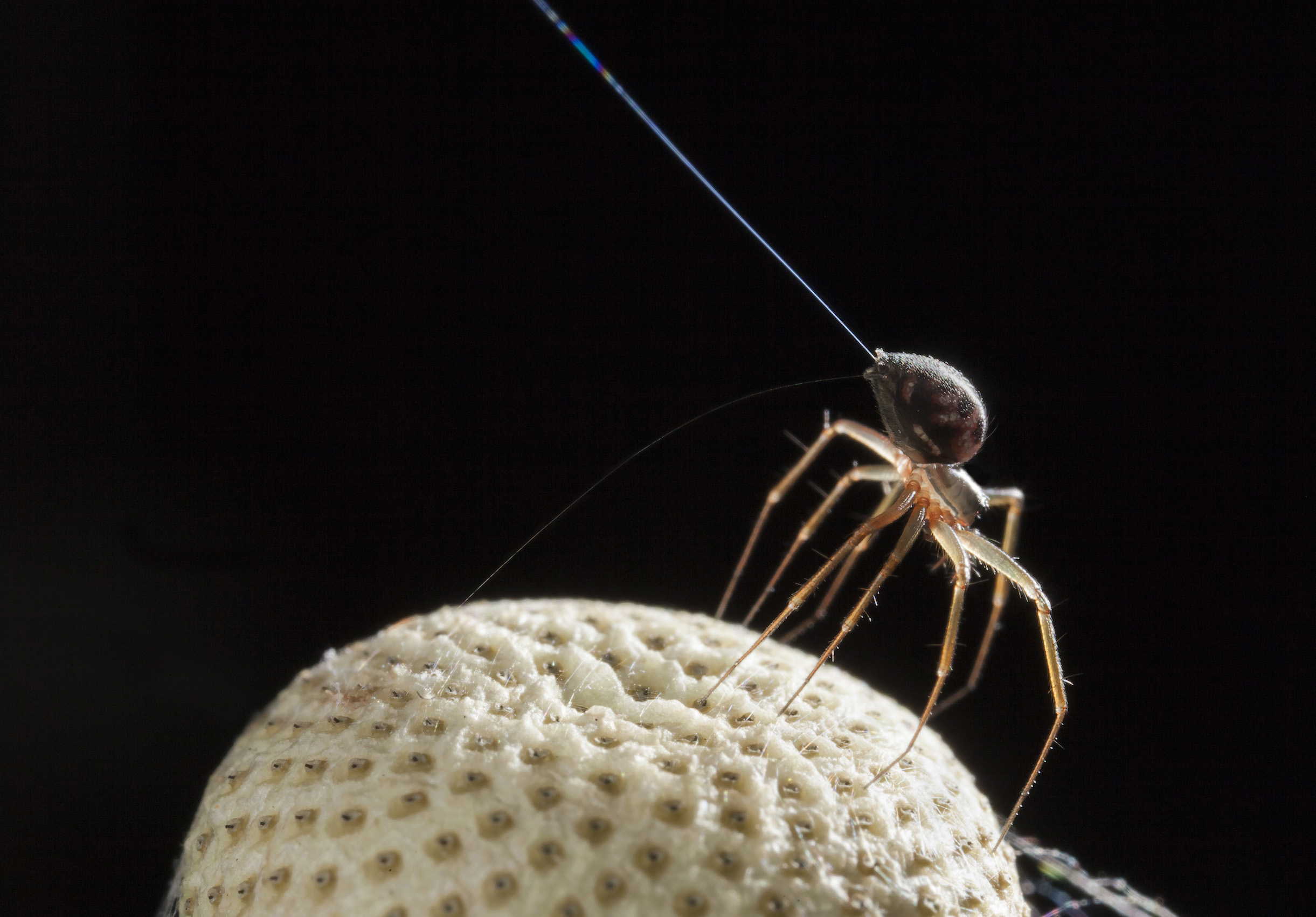
Electricity helps spiders balloon through the air
Researchers have found that air movement is not needed to catapult spiders over hundreds of miles through the air. While it was previously believed that this ballooning behavior was promoted by the force of wind, new research has determined that electrical fields can not only cause ballooning, but can also provide lift without the influence of air movement.
“We don’t yet know whether electric fields are required to allow spider ballooning,” said study author Erica Morley from the University of Bristol. “We do, however, know that they are sufficient.”
The idea that atmospheric electric fields could play a role in spider ballooning actually dates back to the 1800s, but the theory has never been tested.
Morley explained that an electric circuit between the Earth and the ionosphere that is maintained by thunderstorms, known as the atmospheric potential gradient (APG), is ever-present around the world. However, the strength of the APG varies greatly between a stormy day or a calm day with clear skies.
The team investigated using trials that were focused on Linyphiid spiders in the absence of air movement.
The study revealed that there was a significant increase in ballooning when electric fields were switched on, confirming that spiders adjusted their behavior when they detected APG-like electric fields and responded by ballooning.
Once they were airborne, switching the electric field on and off led the spiders to move upward or downward. In addition, sensory hairs called trichobothria on the surface of the spiders’ exoskeletons were found to move in response to electric fields.
Among spiders, there are days when thousands of them are lifted into the air in a mass ballooning event, while other days no spiders are involved in ballooning. The researchers explained that these ballooning patterns are difficult to predict.
Variation in the APG might help to shed new light on this type of behavior in spiders and also in other ballooning animals such as caterpillars and mites, according to the study authors.
The research is published in journal Current Biology.
—
By Chrissy Sexton, Earth.com Staff Writer
Image Credit: Michael Hutchinson













